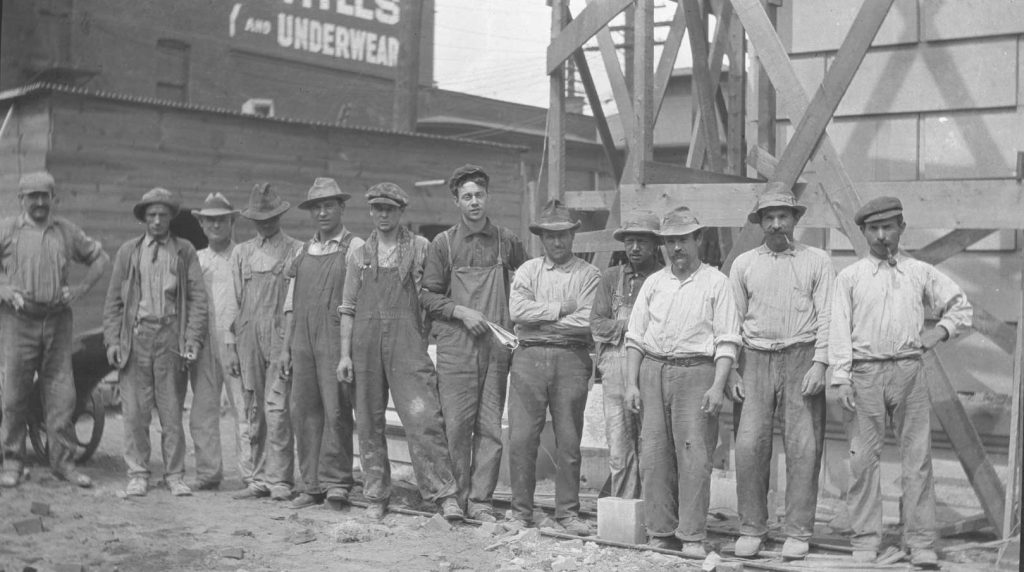Ok, you’re here. Stand with the wooden sculpture behind you. Look right back down Main Street in the direction you just came from, then to your left toward the bridge. This is called the Bagg’s Square corridor. It’s a mile long, a quarter mile wide. Now look across the street. That’s what Joe calls the jewel of the Bagg’s Square corridor.
I call her the jewel because it is probably one of the top train stations in the country. Always was from the date it was built. People ask me why did Utica end up with such an opulent building? The answer is quite simple. In 1914 when it was built, the New York Central had plans of making this their headquarters. The New York Central railroad went from New York City up the Hudson and West over the Mohawk Valley. Well they decided that they wanted only three stops, and it was going to go from New York City to Utica, to Buffalo. And Utica was going to be the center and be the headquarters of the New York Central. That would have been a biggie for Utica. What happened? In 1915 New York Central changed his mind – one year later – after spending $1,000,000 on this train station that was going to be their headquarters. They spent a million dollars and then changed their mind a year later. And New York Central then partnered up with a number of other smaller train companies, and in 1916 it got the name Union Station – because there was a union among many different train companies.
Union Station was built in the Italianate style, and from here you get a good view of how ornate the building really is. This is the third railroad station to be built in Utica, and the way the building was laid out ended up having an impact on this neighborhood years later.
Originally the architects suggested that the train station would best be fronted on Bagg’s Square. Now you got to remember that Bagg’s Square was not that overhead bridge as we know it today. It was a beautiful square, or as they say in Europe, a Piazza. And they wanted the front of the station on Bagg’s Square were facing west…
To your left, toward where the bridge is now.
But they were overruled and it was built here on Main Street. Unfortunately, they weren’t very smart, because what happened? Main Street is now a dead end on both ends – so they were right it should have been the other way.
But still, in it’s heyday Union Station was important to the city and to the whole country. In the 1930s and 40s, Utica had the largest freight yard of any area east of the Mississippi, right here at Union Station. Now, about the building itself.

Again, Union Station was built in the Italianate style – to look sort of like an Italian palace.
Now you see the top of the building. There’s a bullastrad. That’s a little short railing along the top of the roof, and in that bullastrad is a clock, which still works amazingly, and on each side of the clock is a sitting eagle and there are two other eagles on either side of the clock.
